Volkswagen steering wheel
The steering wheel is an integral and often overlooked component of a vehicle, serving as a connection point between the driver and the road. In the context of Volkswagen, a brand known for its innovation, engineering, and design, the steering wheel plays a vital role in enhancing driving experience, safety, and functionality. Over the years, Volkswagen has continuously evolved its steering wheel design, incorporating advanced features and technologies that reflect the brand’s commitment to excellence. In this comprehensive exploration, we’ll delve into the evolution of the Volkswagen steering wheel, its design philosophy, technological advancements, safety considerations, and the impact it has on the overall driving experience.
Historical Perspective: The Evolution of the Volkswagen Steering Wheel
The history of the Volkswagen steering wheel is intertwined with the brand’s journey from the iconic Beetle to its modern lineup of vehicles. The earliest Volkswagen models, including the Beetle, featured simple and utilitarian steering wheels. These wheels were often characterized by their simplicity, circular shape, and basic functionality. As Volkswagen’s model range expanded and the automotive landscape evolved, the steering wheel designs followed suit.
- Beetle Era: In the early years, the classic Volkswagen Beetle featured a small, simple steering wheel with a straightforward design. This design reflected the Beetle’s utilitarian and economical nature while ensuring a direct connection between the driver and the road.
- Modernization: As Volkswagen embraced innovation and technology, its steering wheels began to incorporate more advanced features. The steering wheel design evolved to accommodate various controls, including horn buttons, turn signals, and later, audio and cruise control buttons.
- Introduction of Airbags: With safety becoming a top priority in the automotive industry, Volkswagen introduced steering wheels with integrated airbags to enhance occupant protection in the event of a collision. This marked a significant milestone in steering wheel design, combining safety and functionality.
- Multifunctionality: Volkswagen continued to innovate by introducing multifunction steering wheels that incorporated controls for various vehicle functions, such as audio, phone, navigation, and driver assistance systems. These multifunction controls allowed drivers to access essential features without taking their hands off the wheel.
- Adaptive Technologies: In recent years, Volkswagen has embraced advanced driver assistance technologies, including adaptive cruise control and lane-keeping systems. Steering wheels have been designed to integrate controls for these systems, allowing drivers to engage and adjust these features seamlessly.
Design Philosophy: Balancing Aesthetics and Functionality
Volkswagen’s design philosophy emphasizes the harmonious balance between aesthetics and functionality. This principle is evident in the design of their steering wheels, where form follows function to create a driver-centric experience.
- Ergonomics: Volkswagen steering wheels are carefully designed with ergonomics in mind. The shape, size, and contouring of the wheel are optimized for comfortable gripping, reducing driver fatigue during long journeys.
- Materials: High-quality materials are used in crafting Volkswagen steering wheels, ensuring a tactile and premium feel. These materials often include leather, soft-touch plastics, and metallic accents that enhance the interior’s overall ambiance.
- Controls Placement: The placement of controls on the steering wheel is thoughtfully considered to allow drivers to access essential functions without distraction. Controls are positioned in intuitive locations, enabling drivers to maintain focus on the road while adjusting settings.
- Iconic Design Elements: Some Volkswagen models feature steering wheels with iconic design elements, such as the brand’s emblem at the center. These design elements pay homage to the brand’s heritage while embracing modern design aesthetics.
Technological Advancements: Steering Wheels in the Digital Age
As vehicles become more digitally connected and feature-rich, steering wheels have evolved to incorporate advanced technologies that enhance convenience, connectivity, and safety.
- Integrated Displays: Some Volkswagen models feature steering wheels with integrated digital displays. These displays provide real-time information, including navigation instructions, vehicle status, and entertainment details, without the need to take your eyes off the road.
- Touch Controls: Touch-sensitive controls on the steering wheel allow drivers to interact with infotainment systems, make phone calls, and adjust settings with a simple swipe or tap.
- Voice Control: Steering wheels are equipped with voice recognition systems that enable drivers to control various functions using natural language commands. This enhances safety by minimizing manual interactions while driving.
- Driver Assistance Integration: Steering wheels in modern Volkswagen vehicles often integrate controls for driver assistance features such as adaptive cruise control, lane-keeping assist, and collision avoidance systems. These controls provide quick access to safety-enhancing technologies.
Safety Considerations: Steering Wheels and Driver Well-Being
Volkswagen places a strong emphasis on driver safety and well-being, and steering wheel design plays a significant role in achieving these goals.
- Airbag Integration: Volkswagen was one of the pioneers in integrating airbags into steering wheels. This innovation significantly improved driver and passenger safety by providing an additional layer of protection during collisions.
- Ergonomic Design: The ergonomics of Volkswagen steering wheels are carefully engineered to reduce strain on the driver’s hands and wrists. Comfortable grip positions help prevent fatigue during extended drives.
- Hands-On Detection: Some Volkswagen models feature steering wheels with hands-on detection technology. This technology ensures that the driver’s hands remain on the wheel, promoting safe driving behavior and preventing distraction.
- Vibrational Feedback: Some steering wheels are equipped with vibrational feedback mechanisms that alert drivers to potential dangers, such as unintentional lane departure or proximity to other vehicles.
The Impact on Driving Experience:
The steering wheel is a central interface between the driver and the vehicle. Its design, features, and functionality directly impact the driving experience in several ways:
- Control and Precision: The steering wheel’s responsiveness and feedback contribute to the driver’s sense of control and precision, enhancing the driving experience, especially during dynamic maneuvers.
- Connectivity: Steering wheels equipped with controls for infotainment, navigation, and communication systems allow drivers to stay connected while keeping their focus on the road.
- Safety: Integrated controls for driver assistance systems contribute to enhanced safety by making it easier for drivers to engage these technologies when needed.
- Comfort: Ergonomic design and high-quality materials contribute to driver comfort, reducing fatigue during long journeys.
- Engagement: A well-designed steering wheel encourages driver engagement and interaction with the vehicle’s features, promoting a more immersive driving experience.
What is it?
The Volkswagen Tiguan, launched in India in 2017, has usually been a likeable SUV. Its Germanic appears to be like, large-excellent interior and enjoyable driving expertise won it appreciation among a band of high quality SUV prospective buyers. In 2020, the Tiguan were acquainted with would make way for the Tiguan Allspace you see listed here. You can believe of the Allspace as an XL-sized Tiguan it’s 110mm extended in its wheelbase and 215mm extended in general. The additional length has allowed the inclusion of the all-important third row of seats, and the guarantee is of a Tiguan with broader appeal.
Nevertheless, there is a capture. Wherever the Tiguan ran on diesel, the gas of choice for Indian SUV prospective buyers, the Allspace has been launched as a petrol-only model. Issue is, how does the deal occur alongside one another?
Whats it like on the outside the house?
At initial look, the Tiguan Allspace does not look all way too various to the normal Tiguan. The squared-out entrance stop is unchanged and the only real stage of variance listed here is the absence of cladding decrease down. It is in profile that the Allspace appears to be like like the stretched-out Tiguan. The much larger cabin area and extended rear overhang mean the proportions arent pretty as captivating as the taut Tiguan, but the layout is nevertheless neat and clean up. The tail stop is also similar to what we have witnessed before, with the addition of chrome surrounds for the faux exhausts.
Whats it like on the inside?
If youve been in a Tiguan, youll come across your self in acquainted surroundings in the Tiguan Allspace. And the initial factor you take note, as before, is the level of excellent. The reassuring thunk on doorway shut, the generous use of comfortable-touch components, and the lengthy-long lasting experience of even the smallest buttons make you experience your funds has long gone a lengthy way. Absolutely sure, the all-black topic would make issues look a bit boring and even the dashboard does not look chopping-edge now, but it is thoughtfully intended and puts all controls in effortless achieve. A smaller but significant upgrade on the Allspace is the incorporation of an Audi-like digital instrument cluster. The readout is crisp and clear, and presents the option to toggle concerning layouts. You never sit all that large up (as SUVs go) but the huge windscreen and major glasshouse nevertheless benefits in a good look at out. The entrance seats are very firm but they are nicely sculpted and keep you tightly in location offering great all-spherical support which keeps you clean even after lengthy drives.
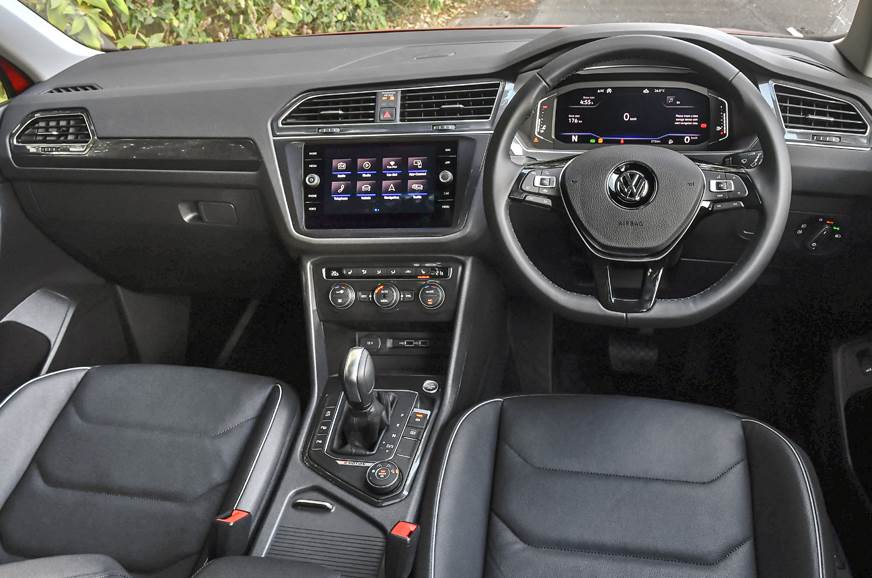
The middle-row expertise is fairly nice way too. The seats are supportive with generous bolstering to keep you snugly in location. Theres loads of legroom (with the sixty:40 seats slid again, that is), and you even have the option to alter backrest angle albeit via flimsy tags. Theres more than enough area for a middle passenger way too, even though the seat is ideal for two. Fold-out trays for the rear seats and a 12V charging socket at the again are helpful inclusions, but sunlight screens for the huge rear windows are skipped.
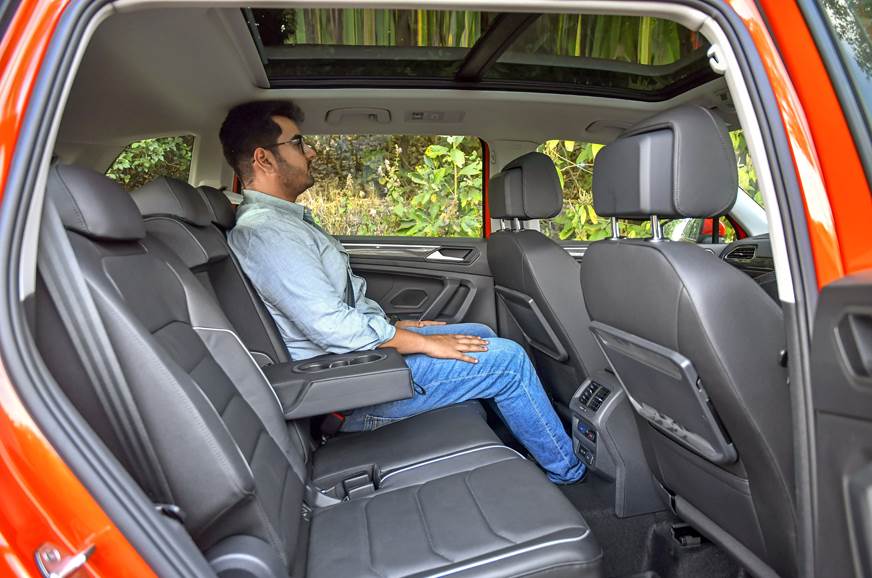
And what of the 3rd row? Effectively, the news isnt good. Obtain to the 3rd row via the rear doors demands some twisting and turning, and once inside youll come across area is strictly restricted. You will need to have to be a good negotiator to work out a kneeroom compromise with the middle-row travellers, and headroom is also tight for any one of over common peak. The area is high-quality for small children and perhaps grown ups on the occasional intra-metropolis jaunt but no additional. The 50:50 split 3rd row is ideal left folded down, and accomplishing so raises the Allspaces realistic 230-litre luggage area (with all seats up) to 700 litres. You can also fold the middle row seats to free of charge up cargo van concentrations of area.
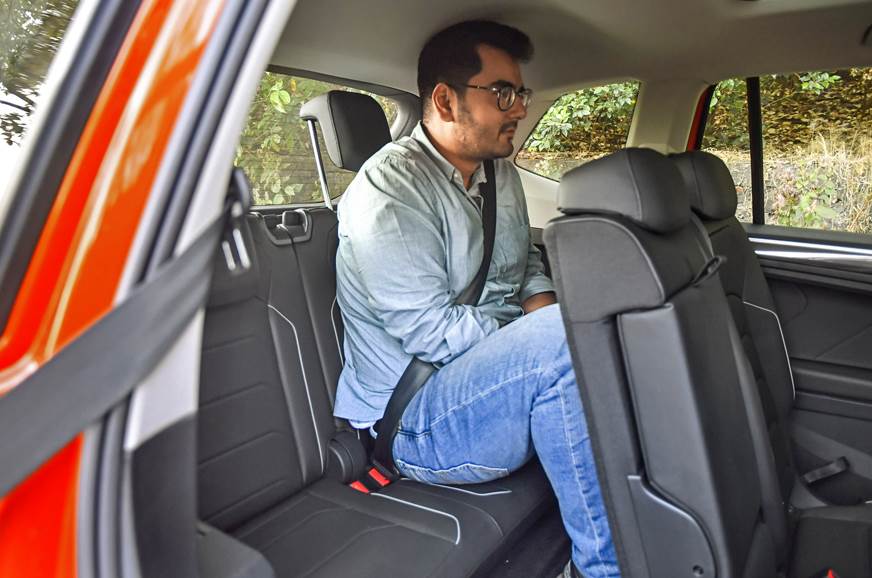
What capabilities does it get?
The Tiguan Allspace is on sale in 1 absolutely loaded variant, and the function record is pretty lengthy. Security kit contains seven airbags, ESC and ASR (anti-slip regulation), whilst entrance and rear parking sensors and LED headlights with dynamic cornering purpose are also normal in good shape. Comfort and ease capabilities of curiosity contain a whole-length panoramic sunroof, three-zone weather manage, leather upholstery, run drivers seat with memory, run boot lid and park guide. Electronic dials are portion of the deal and the Allspace also receives a slick 8.-inch touchscreen infotainment procedure with Android Auto, Apple CarPlay and Mirrorlink support.
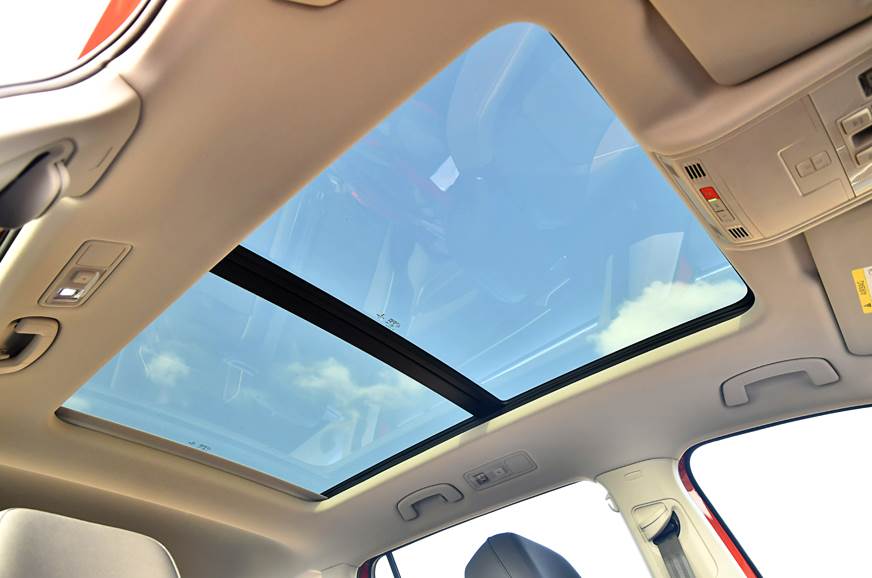
Whats it like to push?
The Tiguan Allspace is run by a two.-litre turbocharged, immediate-injection TSI petrol engine. Headline quantities contain a electric power output of 190hp at 4200rpm and max torque of 320Nm at 1500-4100rpm. Ability is channelled to all 4 wheels via a seven-pace dual-clutch transmission.
Drivers made use of to diesel SUVs may well miss that ready reduced-stop pulling electric power listed here, but, however, development is brisk. Factors get much better as you push down on the accelerator, with the engine coming into its component submit two,000rpm. Like all TSI engines, the Allspaces two. device feels its ideal in the mid-selection with a thick swathe of torque at your disposal. Ability comes in potent, earning overtaking a non-function. Of system, the brief-shifting gearbox chips in by preserving the engine in the meat of the powerband. Push on, and it’s a ton of entertaining extending the engine to six,000rpm. Travel modes assistance alter the expertise but you get the most out of the powertrain in its ‘Sport’ environment. Paddleshifters and manual shifts via the equipment lever also increase in a nice diploma of driver involvement.
Examined from the clock, the Tiguan Allspace posted an outstanding 8.8sec -100kph time, and proved to be very brief in kickdown acceleration way too with a 5.26sec 20-80kph and six.79sec 40-100kph time. Just for reference, the outdated Tiguan diesel with 143hp and 340Nm did the -100kph dash in ten.55sec, 20-80kph in six.63sec and 40-100kph in 8.63sec.
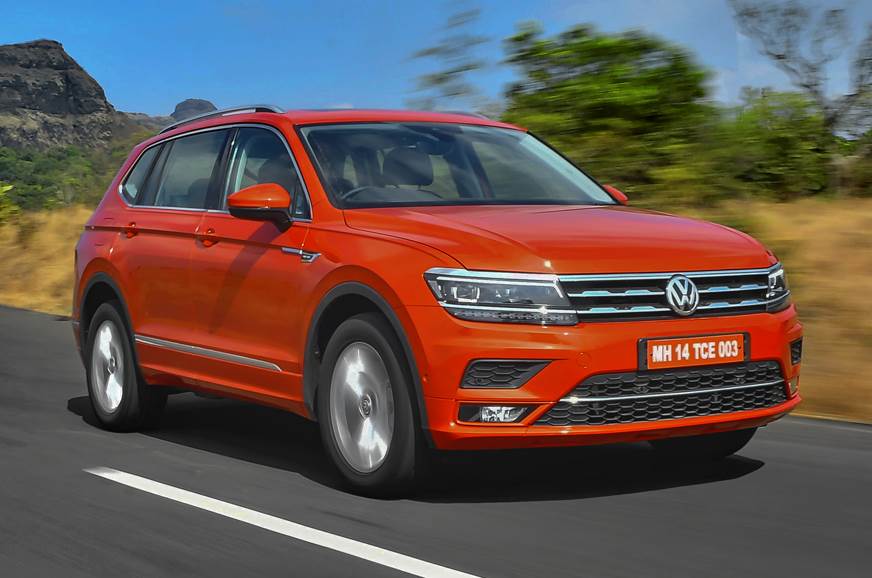
Of the other issues, the Tigaun Allspaces petrol engine is sleek but it does not pretty established the bar for quietness and receives a bit vocal at middle revs.
Dealing with is neutral with superior grip at all instances, but the Allspace is not as brief or eager to turn as the more compact Tiguan. The steering also feels way too inert to genuinely involve you in the proceedings. You can increase pounds to the steering via the settings on the touchscreen, but, even so, that hook up is missing, which is a shame offered how ready the engine is.
The Allspace rides like a common European auto. That is a well mannered way to say that the suspension cant filter out the worst of our roadways with a firm edge at reduced speeds. On the moreover aspect, large-pace steadiness is genuinely superior earning the Tiguan Allspace a proficient freeway cruiser.
Like the normal Tiguan, the Allspace also receives off-road modes selectable via a dial that manage engine, steering, AWD and electronics settings. Hill descent manage is also included.
Should really you purchase 1?
Priced at Rs 33.12 lakh (ex-showroom, India), the Tiguan Allspace is about Rs two lakh pricier than the outgoing Tiguan TDI Highline. Like the Tiguan, the Allspace is not an SUV for anyone. It is not the premier of SUVs for the funds, nor is it the ideal seven seater all around. The absence of a diesel engine option is also confident to be a red flag for quite a few.
But the Allspace is an SUV thats challenging to gloss more than. The depth of engineering, the made-in-Wolfsburg develop, and the borderline enjoyable engine are attributes that appeal to discerning prospective buyers. If you are 1, act rapid since the Tiguan Allspace is remaining brought to India as a restricted-run import.


